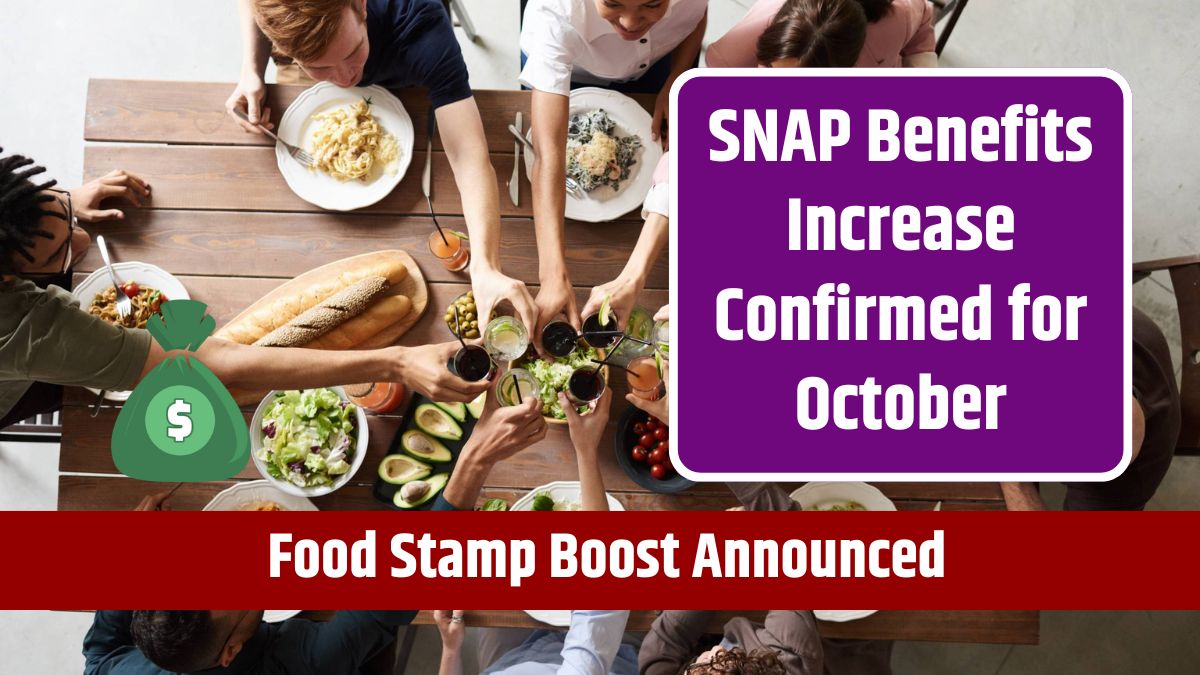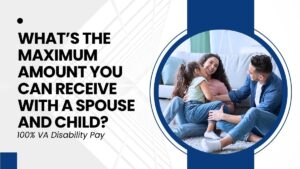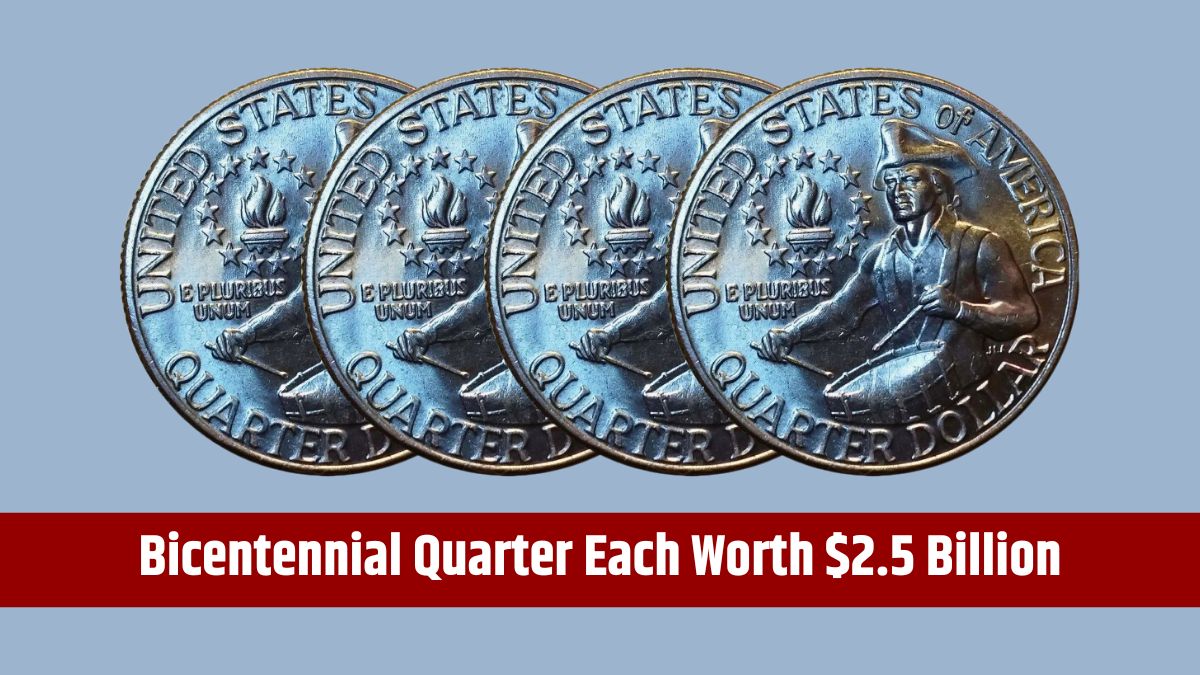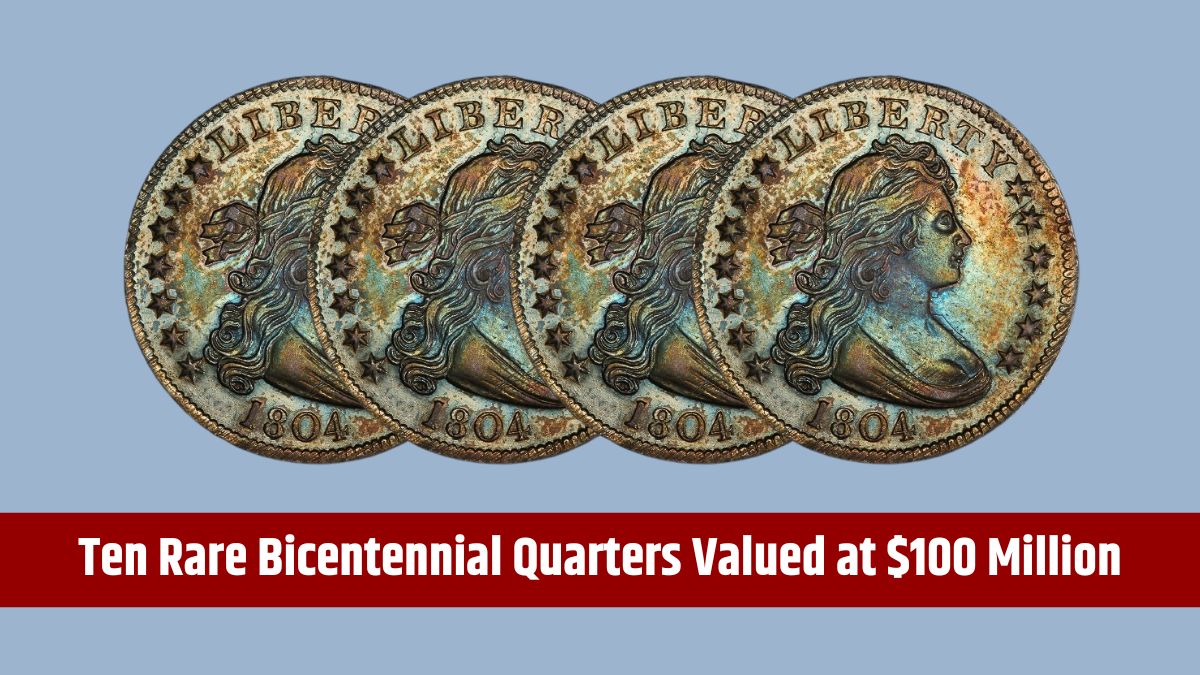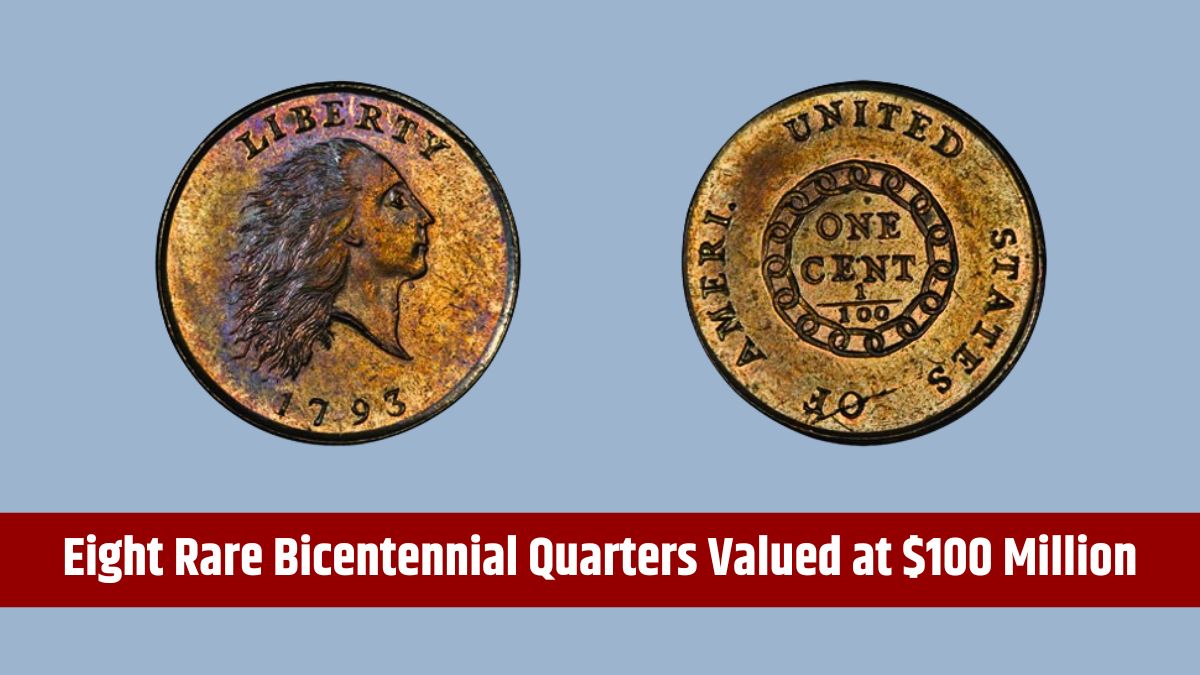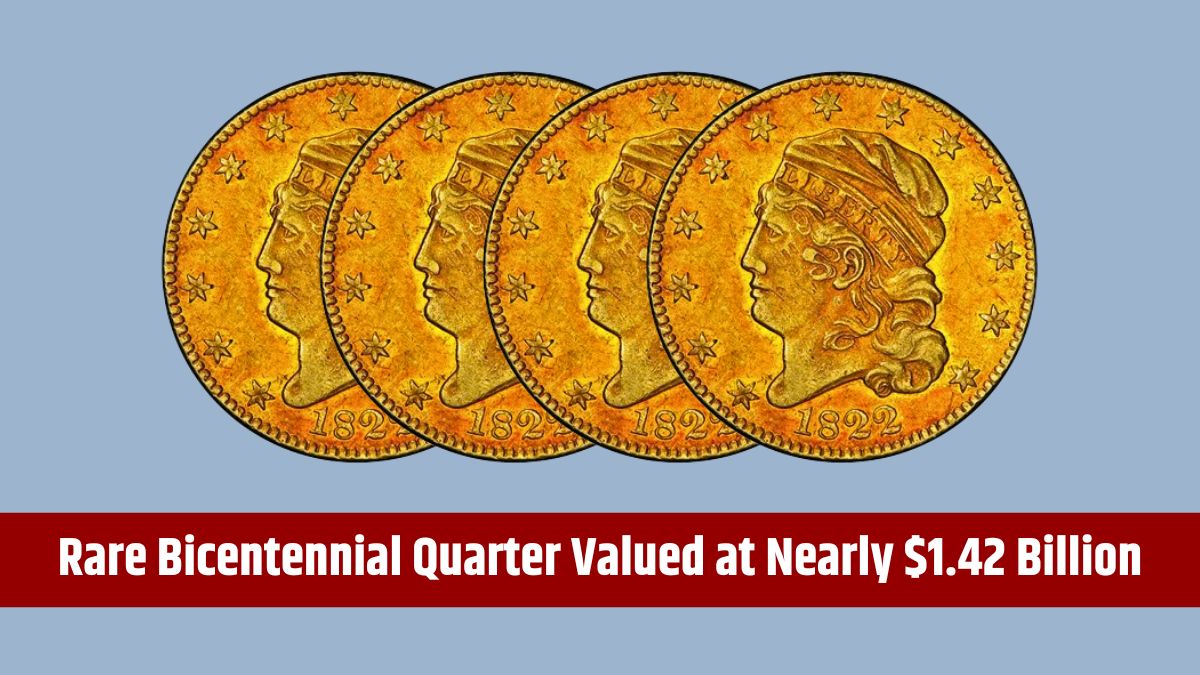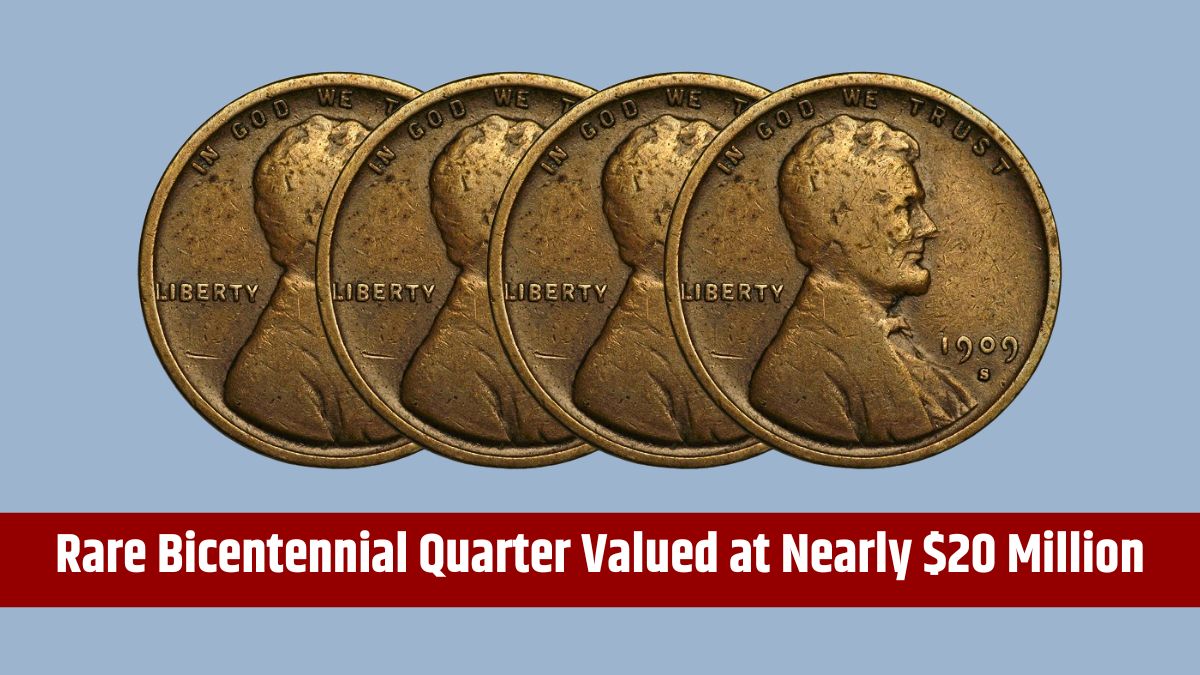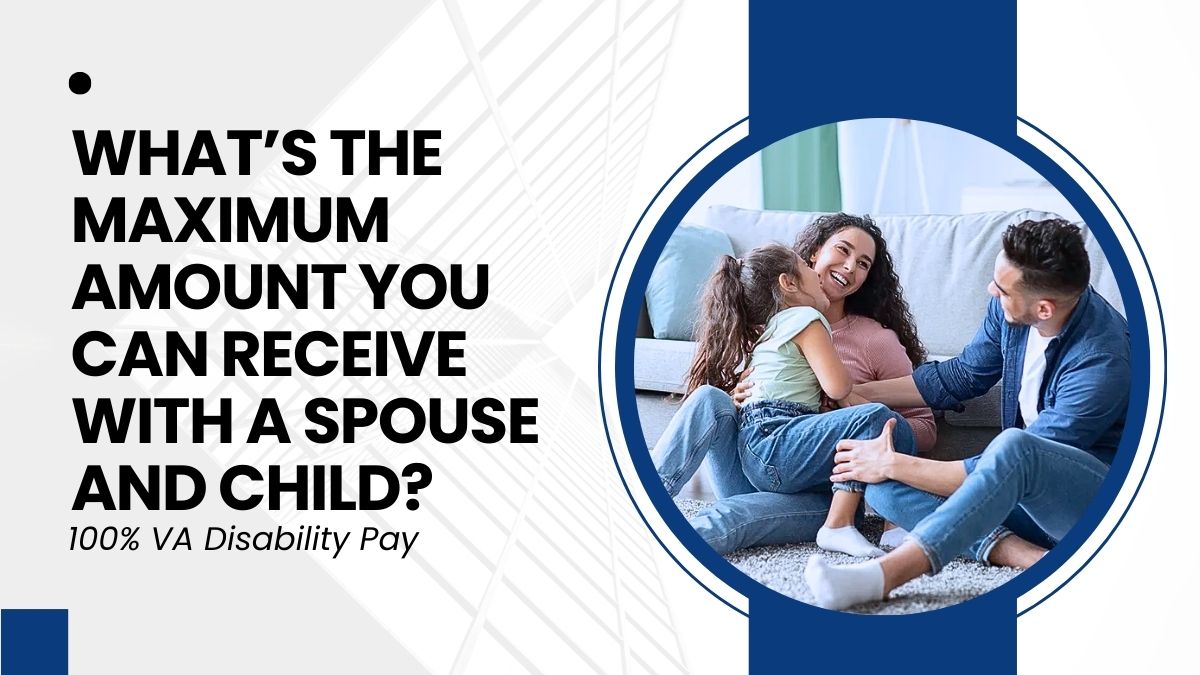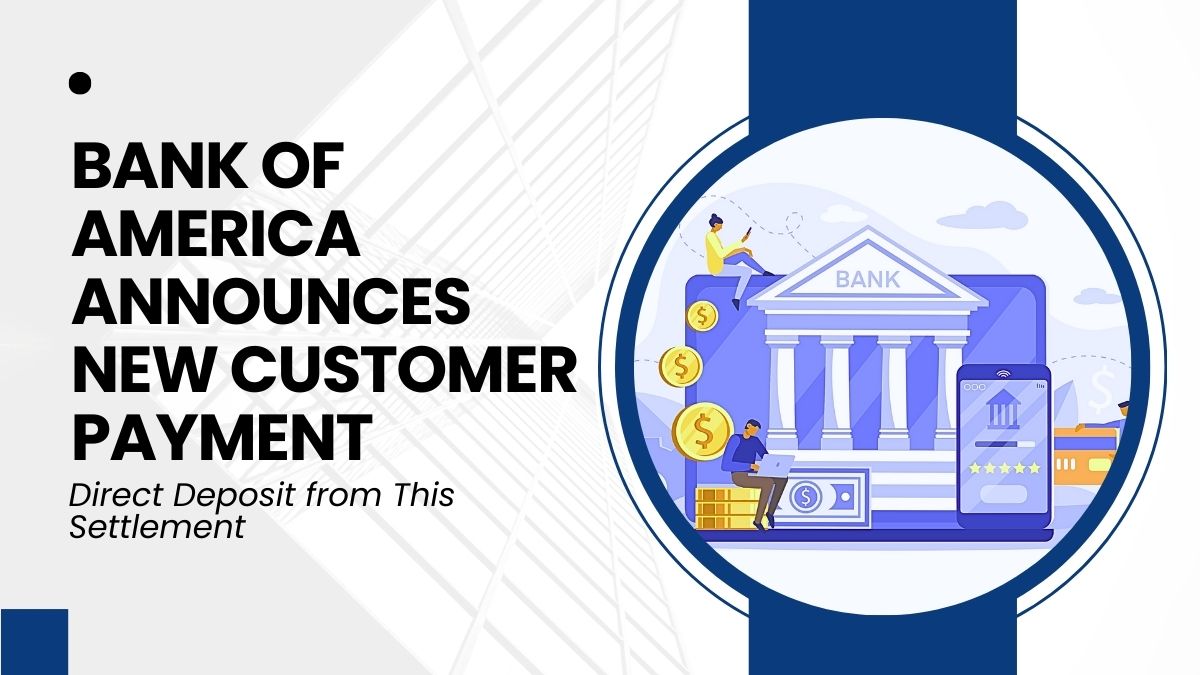The U.S. Food and Nutrition Service (FNS) has recently announced updated maximum payment amounts for the Supplemental Nutrition Assistance Program (SNAP), a crucial initiative providing financial support to low-income households.
Starting in October, the maximum benefits will increase across 49 states and U.S. territories, with one notable exception where the maximum will decrease. These revised rates will be effective for the entire 2025 fiscal year until the next Cost of Living Adjustment (COLA) is determined for the 2026 fiscal year.
SNAP’s Role
SNAP is an essential federal program that offers monthly financial aid to low-income families across the U.S., including Washington D.C. and various territories. The aid is distributed via electronic benefit transfer (EBT) cards, which recipients can use at authorized retailers to buy food. With around 36% of SNAP households currently receiving the maximum benefit allotment, this program is a lifeline, particularly in the face of rising food costs driven by inflation. However, the updated benefit amounts won’t be reflected until October 1, according to the FNS.
Benefit Changes
For the contiguous 48 states and Washington D.C., the new maximum monthly benefit for an individual living alone will increase slightly to $292, just $1 more than the previous amount. Similarly, a four-person household will see a modest $2 increase, with their maximum allotment rising from $973 to $975 per month. While these increases may seem minor, every dollar matters for families relying on SNAP to meet their basic needs.
Alaska
In Alaska, SNAP benefits are adjusted based on whether recipients live in urban or rural areas, acknowledging the state’s unique population distribution. In urban areas, the maximum benefit for a single-person household will be $377, while a four-person household can receive up to $1,258.
In Rural 1 areas, the maximum benefit is higher, with $481 for a single-person household and $1,604 for a four-person household. Rural 2 areas see the highest rates, with $586 for a single person and $1,953 for a four-person household.
Hawaii
Hawaii is the exception to the general increase, with the state experiencing a decrease in SNAP benefits. A single-person household will see their maximum allotment drop from $527 to $517, while a four-person household’s benefits will decrease from $1,759 to $1,723—a reduction of $36.
U.S. Territories
Guam and the U.S. Virgin Islands will experience slight increases in SNAP benefits. In Guam, the maximum allotment for a single person will rise from $430 to $431, and for a four-person household, from $1,434 to $1,437. Similarly, in the U.S. Virgin Islands, the maximum benefit will increase from $375 to $376 for a single person and from $1,251 to $1,254 for a four-person household.
SNAP Eligibility
To qualify for SNAP benefits, individuals must apply within their state of residence and meet specific criteria, including income and resource limits. These requirements, detailed by the U.S. Department of Agriculture (USDA), vary slightly from state to state, reflecting the program’s administration at both state and local levels despite federal funding. This decentralized administration can lead to some differences in how SNAP is implemented across different regions.
Addressing Food Insecurity
These adjustments to SNAP benefits represent the federal government’s ongoing efforts to combat food insecurity and ensure that low-income households can access adequate nutrition. As the cost of living continues to fluctuate, these annual benefit adjustments help align SNAP with current economic conditions. However, the impact of these changes will vary based on individual circumstances and where recipients live.
The slight increases in most areas, despite the small amounts, could be crucial in helping families make ends meet, particularly when combined with other forms of assistance. However, the reduction in Hawaii highlights that not all regions will benefit from these adjustments. As always, staying informed about these changes is essential for those relying on SNAP to understand how their benefits will be affected.
FAQs
When will the new SNAP benefits take effect?
The updated benefits will start on October 1, 2024.
How much will a single-person household receive in the contiguous U.S.?
The maximum benefit will be $292 per month.
Will SNAP benefits increase in Alaska?
Yes, with higher benefits in rural areas compared to urban.
Why are SNAP benefits decreasing in Hawaii?
Hawaii’s benefits are adjusted downward due to specific regional factors.
Do all states have the same SNAP eligibility criteria?
No, criteria vary slightly by state due to local administration.

